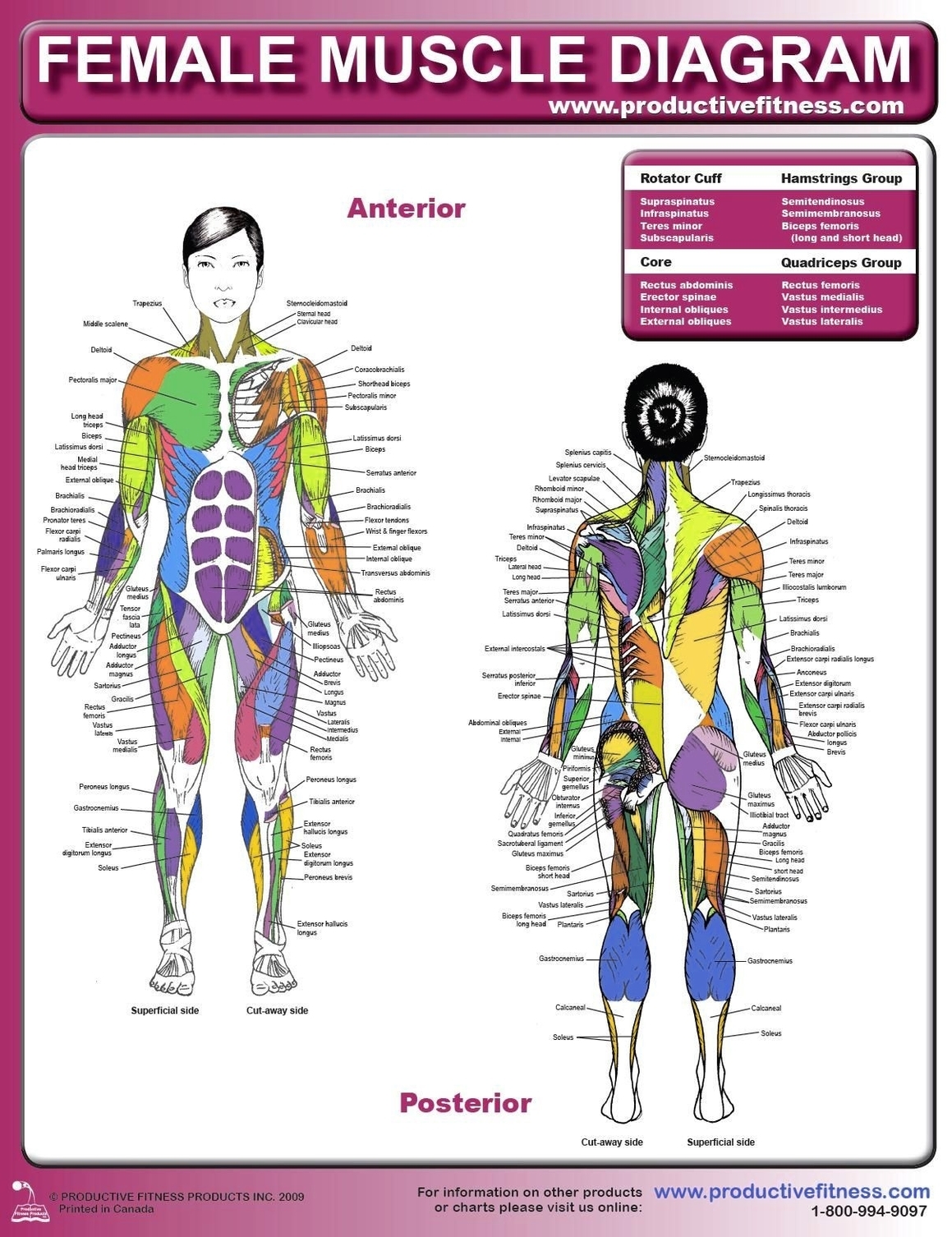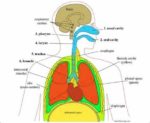Understanding Female Muscles and Definitions
Muscles are soft tissues found throughout the body, playing a crucial role in everything from maintaining posture to enabling movement. In females, muscle structure and function are influenced by various biological and hormonal factors.
Muscle Types and Functions
There are three types of muscle tissues in the body: skeletal, cardiac, and smooth.
1. Skeletal Muscles: These voluntary muscles are responsible for body movements and maintaining posture. They are attached to bones and contract and relax to facilitate movement.
2. Cardiac Muscles: Found only in the heart, these involuntary muscles contract rhythmically to pump blood throughout the body.
3. Smooth Muscles: These involuntary muscles are found in the walls of organs and structures such as the esophagus, stomach, intestines, bronchi, uterus, urethra, and blood vessels.
Female Muscle Structure and Growth
Women typically have a smaller skeletal structure than men, with a wider pelvis and thigh bones that come down at more of an angle. Women have about 90% of the potential leg mass and 50% of the upper body mass compared to men.
Women generally have lower levels of testosterone, a hormone critical for muscle building. This means women may not build muscle as quickly or to the same extent as men. Additionally, women tend to carry more body fat than men, which can make it more challenging to see visible muscle definition.
Role of Muscles in the Female Body
Muscles play a vital role in various bodily functions, including vision, hearing, breathing, speaking, swallowing, digesting food, eliminating waste, moving, sitting still, standing up straight, pumping blood, and giving birth. Muscles also store and release energy as part of metabolism.
Conclusion
Understanding the structure and function of muscles in the female body provides insight into the unique physiological characteristics of women. It’s important to note that while there are general differences between male and female muscle structure and growth, individual variations can be significant. Therefore, fitness and health strategies should be personalized to meet individual needs and goals.



